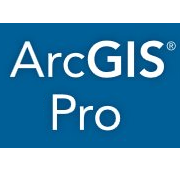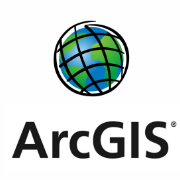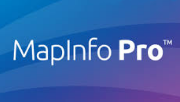GIS Training Courses
Explore Our Expert GIS Training Courses
Discover specialized training for ArcGIS, QGIS, ArcGIS Pro, and MapInfo.
Dive into GIS Essentials and our comprehensive Skills Framework.
Elevate your expertise today!
Select your GIS software version to access courses & technical modules.
Actual course content is only accessible for users with an account that have logged in.
ArcGIS Pro Training Courses

GIS Essentials

Skills Framework

ArcGIS Pro Training Courses

GIS Essentials

Skills Framework

Current time: Friday 9th May 2025 12:08:43 PM








